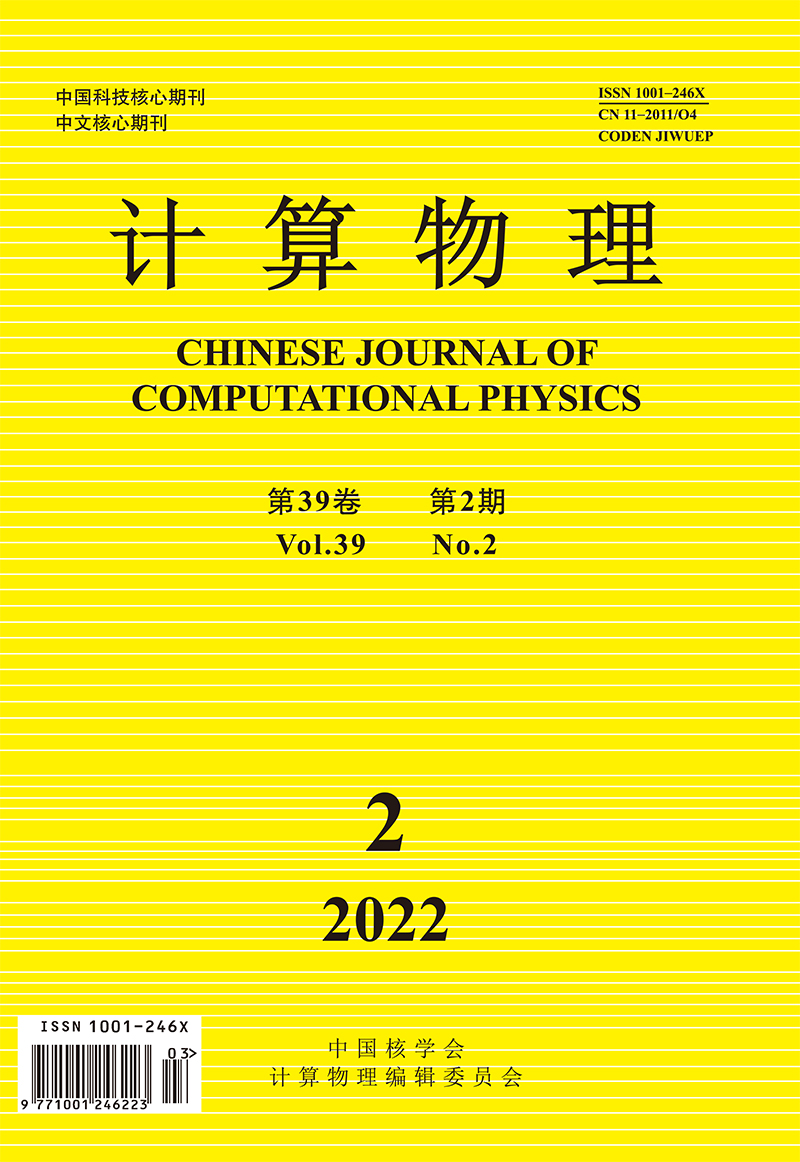Targeting at SN algorithm for the neutron transport equation in the two-dimensional spherical coordinate system, we propose a directed graph model based on a (cell, direction) two-tuple, and design a multi-level parallel SN algorithm with controllable granularity on the basis of the existing parallel pipeline algorithm based on directed graph. Among them, a combination of domain decomposition and parallel pipeline is used to mine parallelism in the space-angle direction, and an energy group pipeline parallel method is proposed. Furthermore, by setting appropriate pipeline granularity, the overhead of scheduling, communication and idle waiting are well balanced. Experimental results show that the algorithm can effectively solve the neutron transport equation in the two-dimensional spherical coordinate system. For a typical neutron transport problem with 960 000 grids, 60 directions, 24 energy groups, and billions of degrees of freedom, the parallel program achieved 71% parallel efficiency on 1920 cores of a domestic parallel machine.
